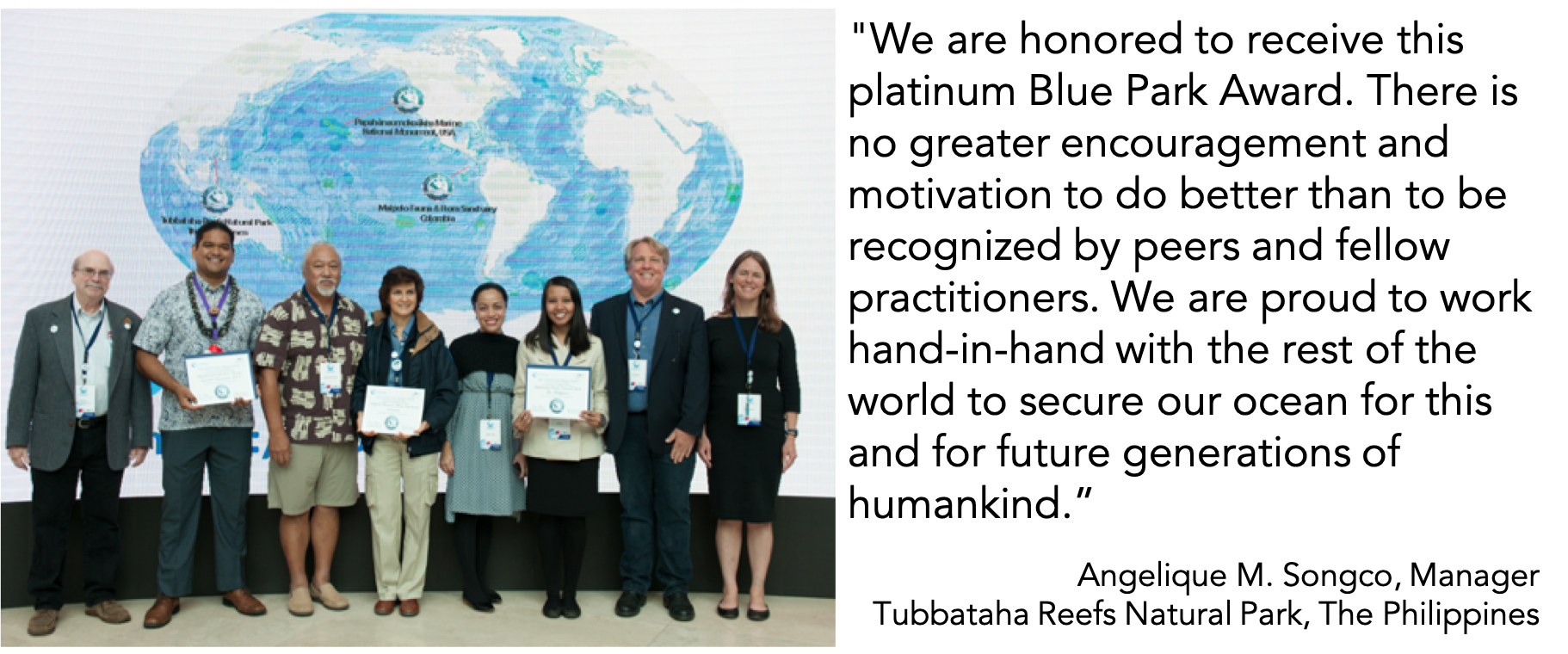International Scientific Expertise - The Blue Parks Science Council
The Science Council is made up of over 30 renowned marine science experts from around the world who make award decisions and help refine the criteria. Their expertise is essential to the Blue Parks initiative as they ground the initiative in good science.
Science Council members are leading experts in science related to marine protected areas -- particularly marine protected area quality -- including management, governance, design, monitoring, and compliance -- and outcomes. These experts ensure that the Blue Park criteria are up-to-date, reflecting the best available science related to MPA outcomes, and provide a meaningful global standard for effective marine protection. With their deep understanding of Blue Parks' standard, the Science Council members also judge the Blue Park nominees against it, ensuring that the Blue Park Award decisions are credible.
The Blue Parks initiative depends on the credibility afforded by the roll that the Science Council plays in setting Blue Parks' standard and evaluating nominees. Science Council members volunteer their time and expertise to the initiative, generously dedicating themselves to improving global marine protection.
The Blue Parks team at Marine Conservation Institute endeavors to facilitate positive and productive experiences for those who serve on the Science Council. We are careful with member's time and good will, and we look for opportunities to collaborate in related research or other projects.
Facilitating consensus-based decision-making among members in diverse time zones is a challenge -- one that we are always working to overcome. We rely heavily on email, Zoom calls, and sometimes recorded videos to communicate about Blue Park Award decisions. We have found that careful documentation is important. It is also helpful to be able to connect in person periodically.
